The Big Trip: Namibia
Suzy Palmer enjoys an adventurous safari into the deserts of southern Africa
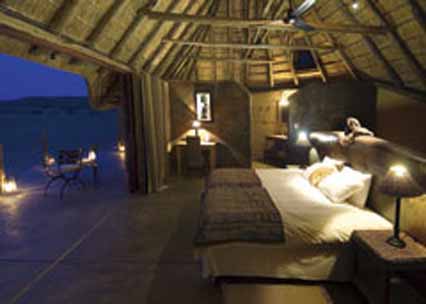
Suzy Palmer enjoys an adventurous safari into the deserts of southern Africa
'There’s nothing here!’ I cry as our four-seater plane touches down on the gravel air strip. Ninety minutes earlier my husband Andy and I had taken off from Windhoek, Namibia’s tiny capital. Heading north, Damaraland is the first stop on our nine day fly-and-drive safari. Climbing into the clear blue sky, the views over Africa’s majestic landscapes offer a breathtaking taste of the adventures ahead of us.
Tucked away in the southwest corner of the continent, Namibia isn’t the first place that springs to mind when planning a luxury safari. Many people only know of it as the place where a certain Hollywood couple (Brad Pitt and Angelina Jolie) gave birth to their daughter (Shiloh). But what makes it great holiday choice is that it is truly unspoilt, with a small, well-educated population (just two million) and a democratic government that keeps a tight control on tourism. Holidays here are well managed, and a network of small, smartly designed eco-lodges offers fine living even in its most remote corners.
As we step out of the plane, I’m hit by the dry heat of the desert air. Even though we’re in the middle of nowhere, we’re still travelling in style. Doro Nawas is a luxury camp designed to blend in with the environment. In fact, it’s so hard to spot on the five-minute drive from the airstrip that it’s only when our Namibian guide Michael points out a small, rocky hillock to the right that we see the main building. Low level, turreted and painted in a black and beige camouflage, it looks like a set from a Star Wars movie. I half expect sand people to emerge from behind the rocks and bushes.
Inside, though, it’s all polished concrete, wooden verandahs and floor-to-ceiling windows offering panoramic views of table-top escarpments, small canyons and savannah-filled vistas. Our room is one of 16 thatched, canvas-walled units with a huge comfy bed and an outdoor shower on our secluded verandah.
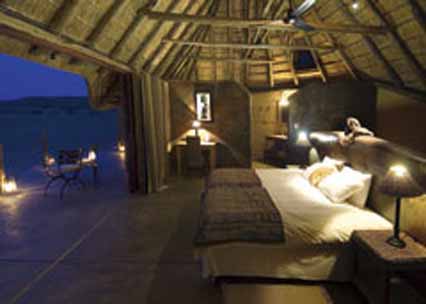
Pictured: Doro Nawas Lodge
After a refreshing dip in the pool, we head out on our first nature drive along one of the many dry riverbeds that criss-cross the area. Damaraland is famous for its desert elephants, which are smaller than their more familiar brethren, having adapted to the dry and less fertile conditions. After a while, Michael spots some footprints, then works out from the tell-tale piles of dung how far away they might be. Half-an-hour later we strike lucky and spot a herd – or memory, as they’re officially called – of 14 elephants. As we creep closer, a group of ostriches stride into view, their feathers flying like a troupe of can-can dancers.
Marie Claire Newsletter
Celebrity news, beauty, fashion advice, and fascinating features, delivered straight to your inbox!
For the next hour, it’s just us and the elephants as we follow their leisurely progress along the riverbed. They stop to eat from the camel thorn trees, crunching through spikes as thick as nails. By the time we arrive back at camp it’s dark and the sky is filled with stars. After dinner of grilled kudu (a kind of antelope) and a lesson in southern hemisphere constellations, we return to our room to roll our bed out onto the verandah – it’s set on wheels for exactly this purpose. It’s an incredible feeling to be so alone in the desert, as we lull ourselves to sleep watching the stars shoot across the Milky Way.
The next morning, we’re up early for a bush breakfast before the day heats up. The staff are waiting at the top of an escarpment with a camp fire, beautifully laid table and even a wash basin. Bacon, eggs and homemade bread set us up for a drive to Tyfelfontein, the site of the largest collection of prehistoric rock art in Africa. These beautiful 5,000-year old etchings by the nomadic San people record the various animals – giraffes, lions, oryx, rhinoceros – and waterholes they had discovered.
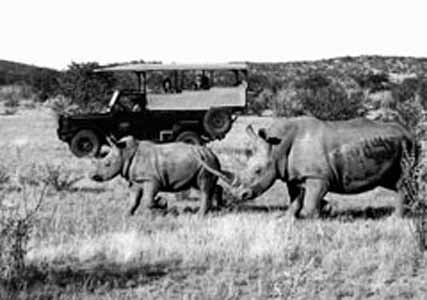
Pictured: Etosha National Park
If Doro Nawas is all about stunning desert landscapes, Ongava is where we notch up some great animal sightings. After a 40-minute flight south-east, we land at the edge of Etosha National Park. Set on a hillside overlooking bushland and a small waterhole, Ongava Lodge is our base for the next two days. Our first game drive takes us into a lush green reserve where we spot beautiful impala leaping like ballerinas, warthogs running around with their ruler-straight tails, curiously proportioned wildebeest and a nonchalant giraffe who pauses from chewing leaves to check us out.
Suddenly, our guide, Abraham, receives a radio call. He puts his foot down fast and we tear off through the bush, then slow to a crawl as we reach a grassy opening. In front of us is a lion, two lionesses and a pair of cute-as-can be cubs. A few minutes later, they are joined by another lioness, who strolls right past our Land Rover with two even more adorable cubs in tow. As the kids leap about, chasing their mums’ tails and chewing each others' ears,dad lies flat out, resting his enormous tummy swollen from a recent kill. When they jump on his head, he comically bats them away, and, although the soundtrack to The Lion King is playing in my head, the scene feels more like an episode of The Simpsons, with Homer in the starring role. Later, as we head back to the lodge in the dark chatting about our good fortune, we slow down to let two black rhino cross our path. And I thought the day couldn’t get any better…
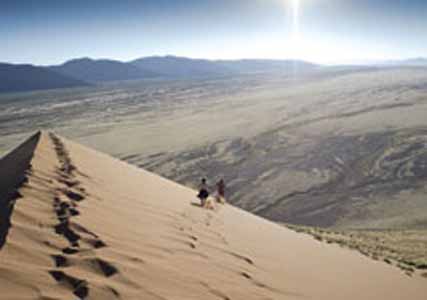
Pictured: Sossusvlei, Namib Naukluft Park
Spoilt by so much animal magic, we’re ready to get back to the wilderness – this time under our own steam. Back in Windhoek, we pick up a Land Rover for the four-hour drive south-west to the Namib Naukluft Park. Most of this journey is on gravel roads, and we soon see why only a four-wheel drive will do. We reach the top of Spreetshoogte Pass, and the view across the valley below is momentous. We arrive at Little Kulala Lodge in the dark, having spotted just ten cars, nine jackals and numerous owls and rabbits on the entire journey. ‘That’s heavy traffic!’ jokes the camp manager, as he greets us with hot towels and fresh ginger beer. The steps to the lodge are lit with paper lanterns, and the interiors very stylish with huge cream sofas and white wood floors leading to a verandah overlooking a waterhole. Our room is one of 11 thatched ‘kulalas’ and super-luxurious with a plunge pool and five-star comforts.
We’re here to see Sossusvlei, a range of spectacular, towering red sand dunes, which we watch light up the next morning at sunrise. Our guide Willie takes us to Dune 45, which at 262ft can be climbed by mere mortals – the highest dune, Big Daddy, is a whopping 1,066ft. The only way to do it is in bare feet so we kick off our shoes and start the slow climb up its spine. When we’ve huffed and puffed to the top, we turn around to enjoy the incredible view before an exhilarating charge down the side to the bottom. At the end of the valley is Deadvlei, where grey, twisted trunks and branches of trees that died over 500 years ago emerge from a pan of white, cracked earth, the red sand dunes and bright blue sky providing a stunning backdrop.
Our final adventure is a five-hour drive north to Walvis Bay on the Atlantic coast. We make an overnight stop en route at a well-equipped campsite, where each pitch offers brick barbecues, secluded toilets, sinks and even hot showers tucked into the rocks. The tent on top of our Land Rover pops up to provide sleeping accommodation, so there’s no bashing pegs into the ground. This is how camping should be, I think, until I discover half the Namib Desert has got inside our bags and clothes
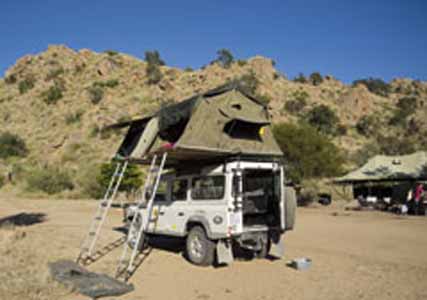
Pictured: On the road to Walvis Bay
Overlooking the lagoon of this small coastal town, Egumbo Lodge is a stylishly decorated colonial guest house and a great base for exploring another side to Namibia’s extraordinary wildlife – this time in the sea. We book a Marine Dune Day trip with a local company, Mola Mola, which starts with a two-hour boat ride complete with an escort of pelicans. At one point our skipper Rudi drops the back of the boat and a friendly local seal hops on board to entertain us. By the time we get to Pelican Point we’ve spotted dolphins, cormorants, seal colonies and an oyster farm. Back on dry land we pile into yet another Land Rover and drive along the beach into the sand dunes, where we stop for lunch. Once again, we’re in the middle of nowhere, which has now officially become my favourite place in the world.
Book now
Africa Travel (020 7843 3500; africatravel.co.uk) offers tailor-made holidays to Namibia. A nine-day safari spending two nights at Doro Nawas Camp, Ongava Lodge, Little Kulala and Egumbo Lodge costs from £3,545 per person, including British Airways flights from London via Johannesburg, internal flights, hire car, safari activities and most meals.
See wilderness-safaris.com for more amazing camps across southern Africa. Land Rovers and camping gear can be hired at bushlorenamibia.com. For wildlife cruises in Walvis Bay, visit mola-namibia.com. For more information, visit travelnamibia.co.uk.
The leading destination for fashion, beauty, shopping and finger-on-the-pulse views on the latest issues. Marie Claire's travel content helps you delight in discovering new destinations around the globe, offering a unique – and sometimes unchartered – travel experience. From new hotel openings to the destinations tipped to take over our travel calendars, this iconic name has it covered.
-
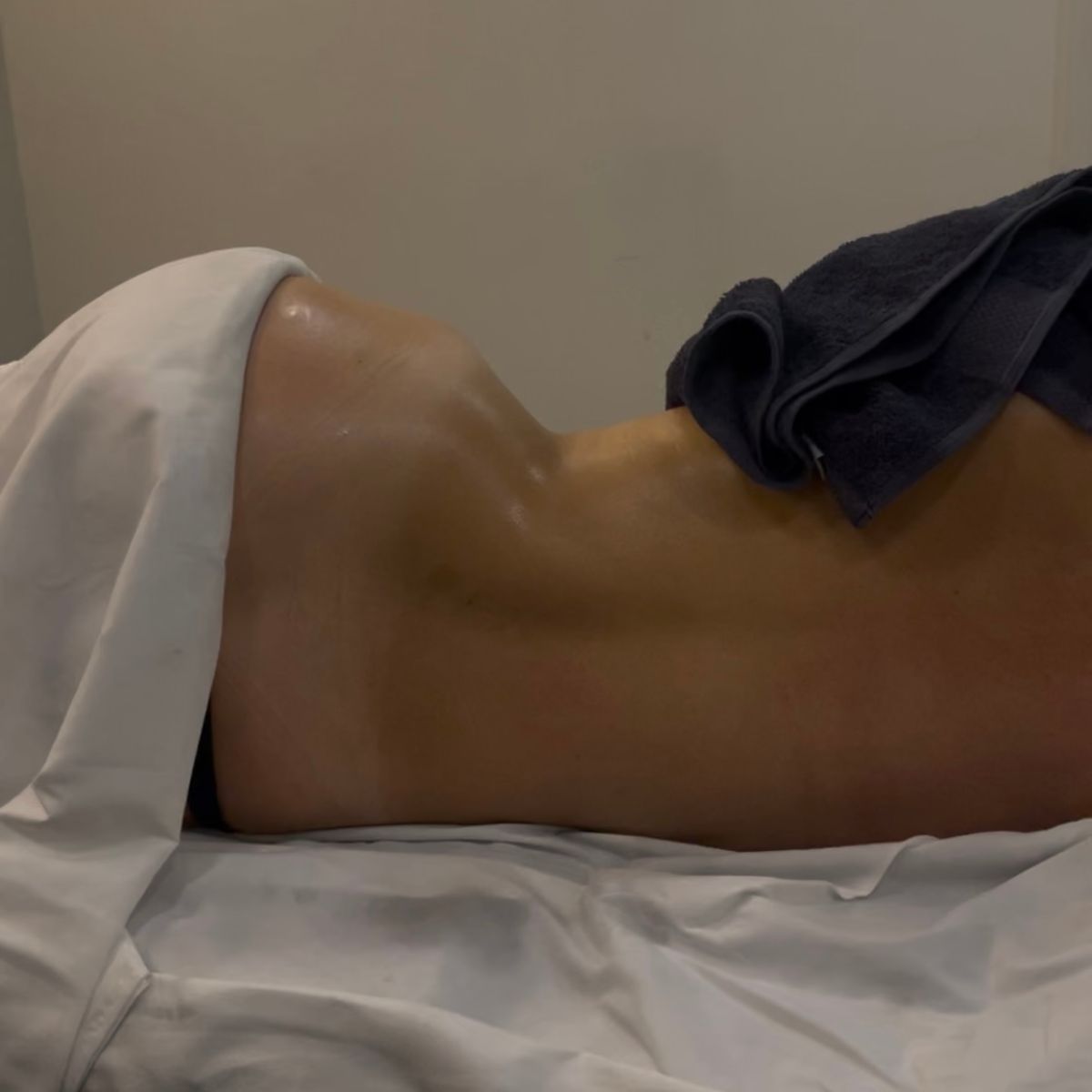 I tried Sofia Grainge’s go-to lymphatic drainage massage - and the results were astonishing
I tried Sofia Grainge’s go-to lymphatic drainage massage - and the results were astonishingThe results go way beyond aesthetics.
By Ashleigh Spiliopoulou
-
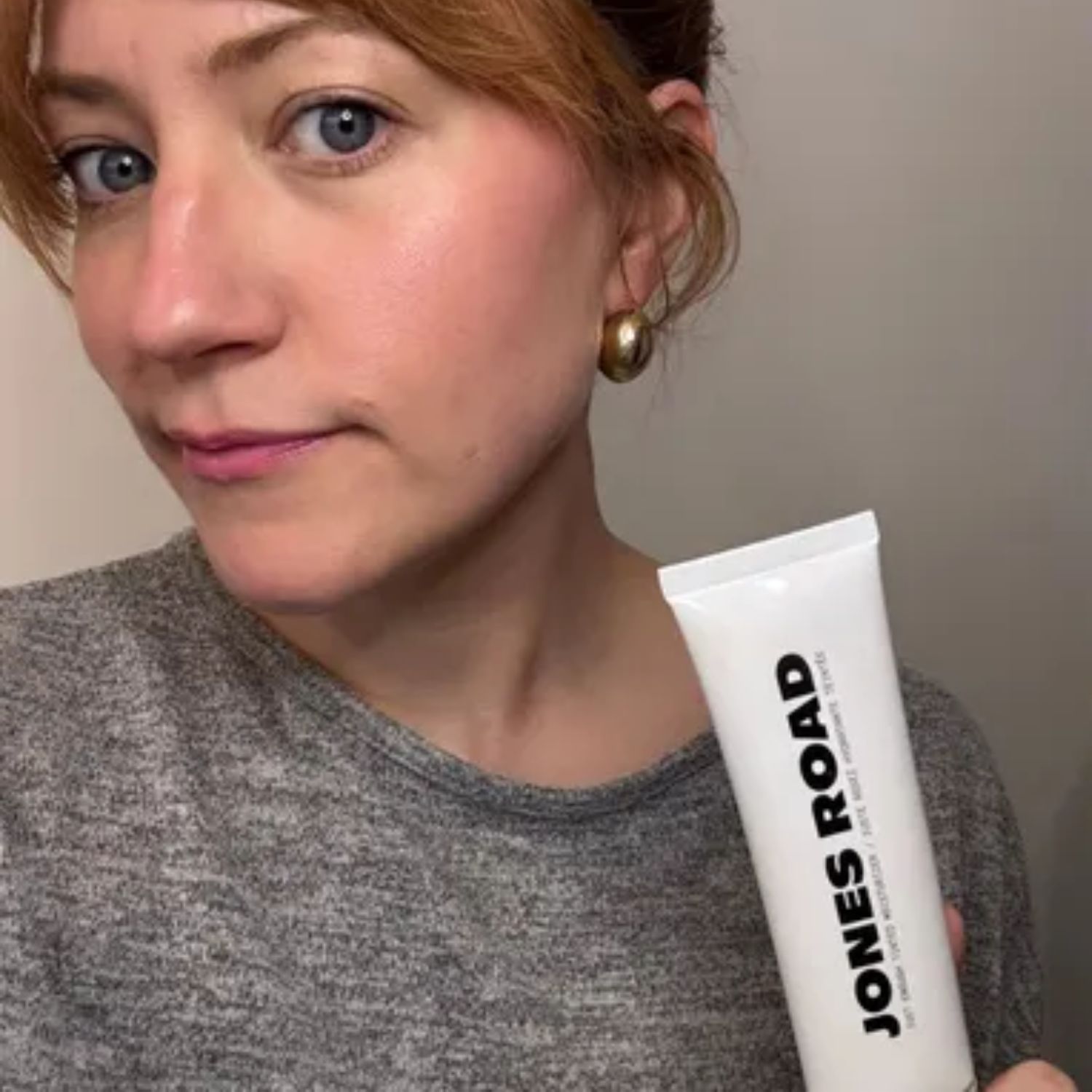 My dry skin loves a tinted moisturiser in the summer months—this one is *outstanding*
My dry skin loves a tinted moisturiser in the summer months—this one is *outstanding*It ticks the boxes for coverage and nourishment
By Matilda Stanley
-
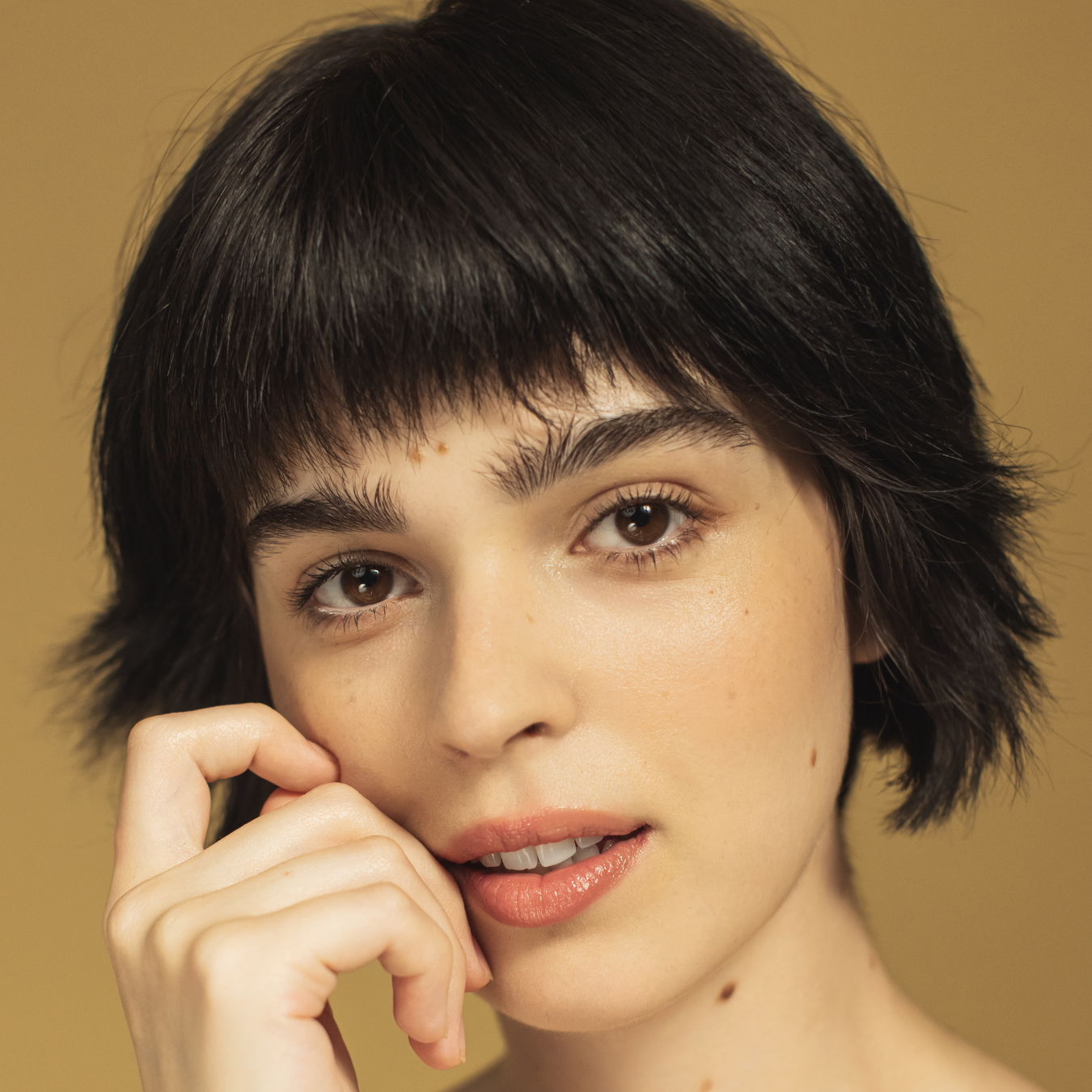 I was overusing (and wasting) my skincare products until a dermatologist taught me this trick
I was overusing (and wasting) my skincare products until a dermatologist taught me this trickLess slathering, more targeting.
By Darcy Brown